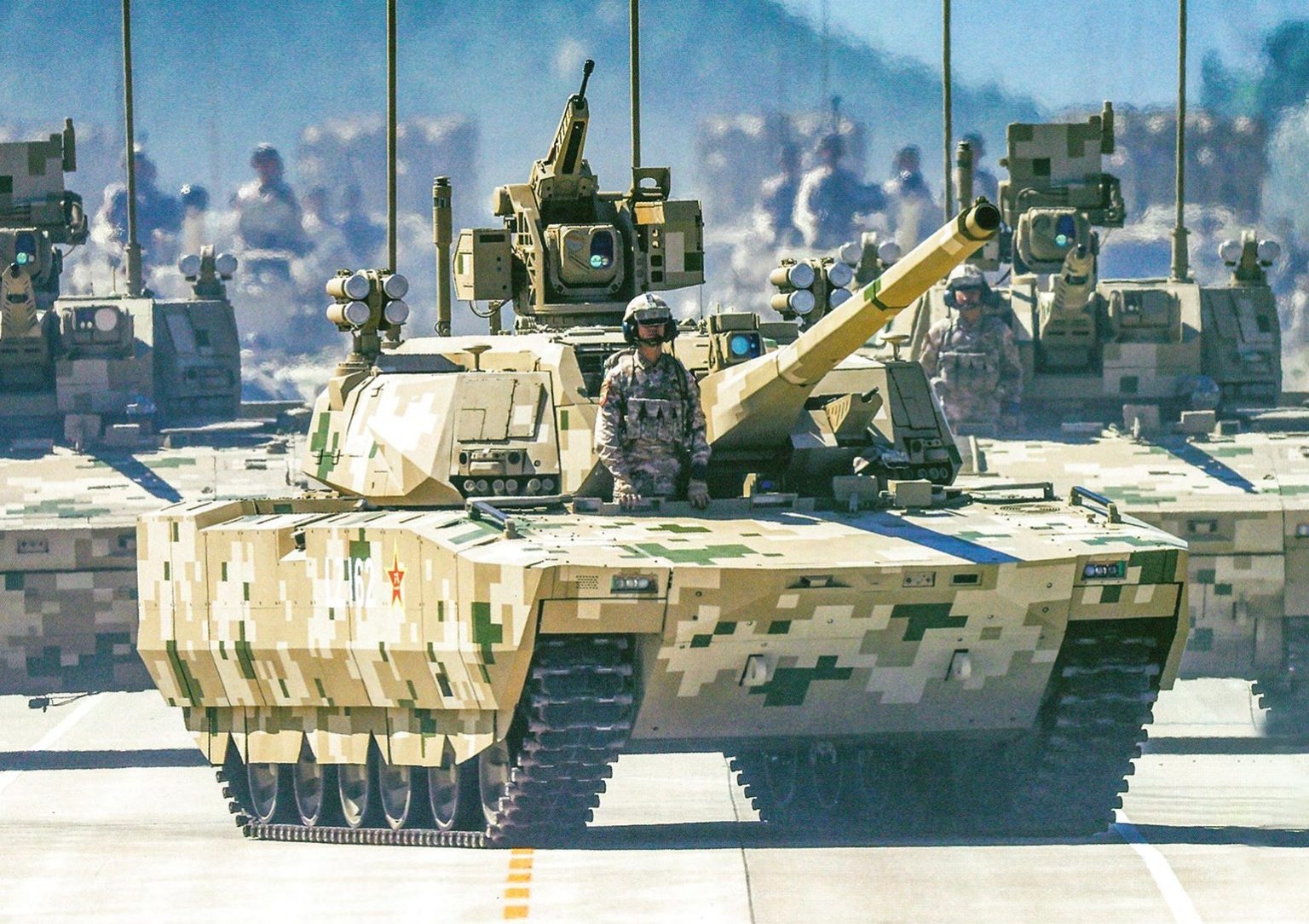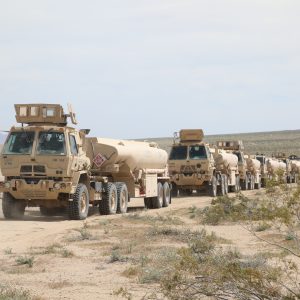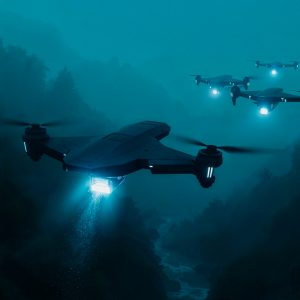China has introduced the Type 100 tank, a vehicle that moves away from the classic heavy tank model. Instead of relying on sheer size and armour, the design focuses on speed, modularity, and digital integration. The China Type 100 tank now represents a shift from “tank as a unit” to “tank as part of a system.”
Key Facts
- Weight: 35–40 tons (medium class)
- Crew: Two (driver + commander), with AI acting as gunner
- Weapons: Modular 125/105 mm or 90/76 mm main gun, plus 12.7 mm RCWS
- Protection: GL-6 active protection, JD-4 laser system, modular armour
- Mobility: 1,500 hp diesel + hybrid electric drive, battery fallback
- Partner vehicle: ZBD-100 fire support system
Strategic Shift Toward India
Earlier Chinese tanks targeted the Soviet Union and were designed for wide steppes. Today, China sees India as the main land rival, especially along the high-altitude border in Ladakh. Heavy main battle tanks like the Type 99A2, which weigh over 55 tons, struggle in mountains and on fragile bridges. By contrast, the lighter China Type 100 tank, at 35–40 tons, suits narrow passes and rough terrain.
History supports this change. In Afghanistan, the Soviet T-62 proved too heavy for mountain warfare. Lighter T-55s and even older T-34s performed far better. China seems to have learned from that experience.
Radical Design and AI Crew Support
The Type 100 breaks away from old layouts. Its turret is unmanned, and the crew is cut to two. The commander and driver use augmented reality goggles that create a “transparent armour” effect. This technology stitches together video from cameras, drones, and satellites.
Meanwhile, the onboard AI takes over gunnery tasks. It calculates ballistics, chooses weapons, and even prioritises targets. In addition, the AI connects with higher-level command systems, speeding up the decision loop. This could give Chinese armoured units faster reaction times, provided the complex software and hardware remain reliable.
Protection Layers and Active Defenses
Because of its lighter weight, the tank carries modular armour that crews can adapt for each mission. Explosive reactive armour covers the front, while slat armour protects the rear. Together they create a balance between mobility and survivability.
The GL-6 active protection system (APS) adds a major new layer. Unlike the older GL-5, the GL-6 has an upward-facing radar antenna to detect drones and top-attack munitions. Rotating mortar tubes on the turret fire interceptors to destroy incoming threats.
Another system, the JD-4 electro-optical countermeasure (EOCM), uses a powerful laser to blind the sensors of missiles and drones. It also works with 12 smoke grenade launchers to deploy a multispectral smoke screen that blocks both visual and infrared targeting. Laser and radar warning receivers alert the crew when enemies attempt to lock on.
Modular Weapons and Firepower
The China Type 100 tank introduces a modular main armament. Crews can swap between heavy guns (125 mm or 105 mm) and lighter ones (90 mm or 76 mm). Each option comes with its own autoloader. This “Lego-style” modularity speeds up repairs and allows quick adaptation to different missions.
A 12.7 mm remotely controlled weapon station (RCWS) adds secondary firepower. The system ensures defence against drones, infantry, and light vehicles.
Hybrid Mobility
Mobility comes from a 1,500 hp diesel engine paired with electric drive motors and a battery pack. If the diesel fails, the tank can still move on battery power. This redundancy increases survivability. At the same time, the hybrid system directly powers high-demand electronics such as the APS, sensors, and stabilisers. This removes the need for a separate auxiliary power unit.
The ZBD-100 Companion Vehicle
The Type 100 rarely fights alone. It operates with the ZBD-100 fire support vehicle, which shares the same chassis but has a front-engine design. The ZBD-100 mounts a 30 mm autocannon and may also carry vertical-launch loitering munitions. Its sensor suite includes radar, electro-optical devices, and a reconnaissance quadcopter.
Western analysts criticise the ZBD-100 for carrying only three dismount soldiers, calling it a “castrated IFV.” However, China designed it for a different role. Its dismount team provides close fire support in cities, jungles, and mountains where engagements occur at very short ranges. This reflects combat lessons from Vietnam, where firefights often began at 10–30 meters.
Together, the Type 100 and ZBD-100 exchange data in real time. They share targeting, threat detection, and situational awareness, turning the pair into a networked combat unit rather than two separate vehicles.
Industrial and Strategic Implications
The China Type 100 tank reflects Beijing’s shift toward high-tech networked warfare. Yet risks remain. Western observers often note that Chinese vehicles look modern but may break down under heavy use. Some even compare them to “plastic toys” — attractive but fragile. China’s defence industry accepts this trade-off, relying on mass production and rapid replacement instead of long-term durability.
For smaller economies, such an approach is unsustainable. But for China, which can field large numbers quickly, it may prove effective.
Conclusion
The China Type 100 tank is more than an armoured vehicle. It is a node in a digital combat system, built for mountain warfare and high-threat environments. By combining AI control, modular weapons, layered defences, and hybrid propulsion, China has produced one of the boldest tank concepts of the 21st century. Its ultimate success, however, will depend on whether Chinese industry can ensure both quality and resilience in mass production.
References
- Defence Blog – China turns tanks into combat systems
- Breaking Defense – Tank evolution and future battlefield concepts
- NATO – Armored vehicle modernization








